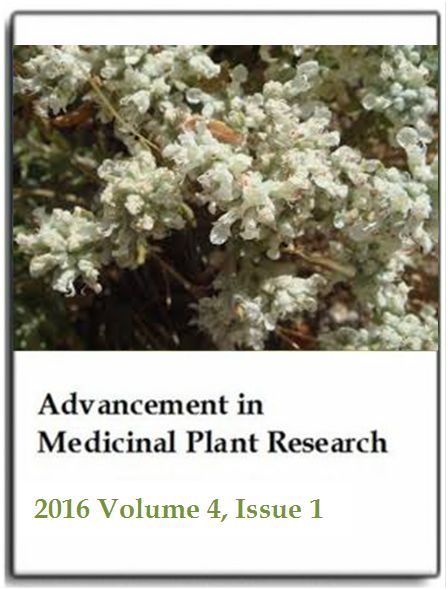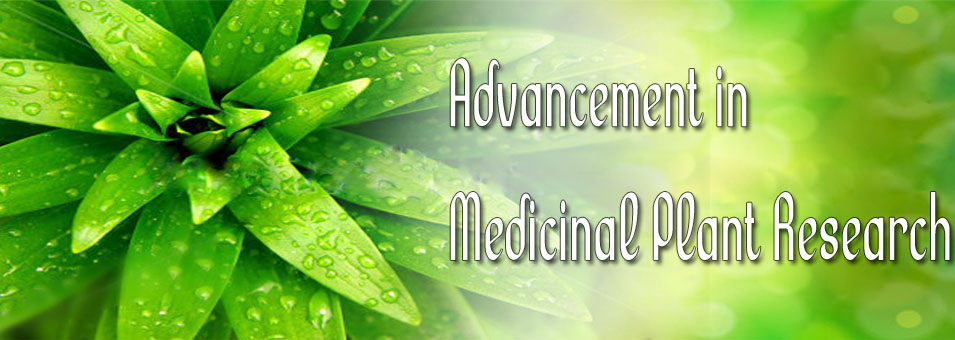Ethnobotanical survey of medicinal plants used in treating human and livestock health problems in Mandura Woreda of Benishangul Gumuz, Ethiopia
Getaneh Gebeyehu MengeshaAdvancement in Medicinal Plant Research
Published: March 2 2016
Volume 4, Issue 1
Pages 11-26
Abstract
Traditional uses of medicinal plants developed in different cultural and ethnic people throughout the world. Understanding how to use these medicinal plants and treatment of health problems is crucial for advancement of modern preventive and curative system of ailments. Thus, the present ethnobotanical survey was conducted to investigate the indigenous uses of medicinal plants for the treatment of human and livestock health problems. This is because of lack of scientific investigation on indigenous knowledge associated with medicinal plants in the study area. A total of 108 households from six administrative units (Kebeles) of which 25 key informants were selected systematically and other informants were sampled randomly in transect walk. An ethnobotanical data was collected using open and closed semi structured interview and all medicinal plants were collected in the natural habitats and homegardens. An ethnobotanical data were analyzed using R-software package to determine knowledge variation among social groups using analysis of variance. Informant consensus factor, paired comparison and folk taxonomy were also used as analytical tools to understand perception of local people on medicinal plants. A total of 60 medicinal plants distributed in 29 families were identified and recorded of which Asteraceae (10.0%) accounted first followed by Fabaceae (8.3%). Combretaceae, Euphorbiaceae and Lamiaceae (6.7%) were equally dominated in the area. Out of these, 83.3% of plants have ethnomedicinal uses of treating human ailments while the rest were used to treat both human and livestock. These medicinal plants were used to treat a total of 48 ailments. Major consumption parts for medicinal uses were roots (39%) followed by leaves (21.4%) and frequently prepared in fresh form (72%). Remedy preparations were mainly crushing and squeezing (33.3%), maceration (15.8%) and diluting (13.2%) in single forms administrated orally (80.2%) and externally (19.8%). In conclusion, local communities of the study area have potentially promising medicinal plants for the treatment of health problems. Thus, it is advisable that uses of ethnomedicinal plants should be confirmed conducting experimental and phytochemical studies to maximize the safety and effectiveness of these plants and witness to develop modern drug development
Keywords: Ethnobotany, health problems, human, livestock, medicinal plants, treatments.
Full Text PDF
